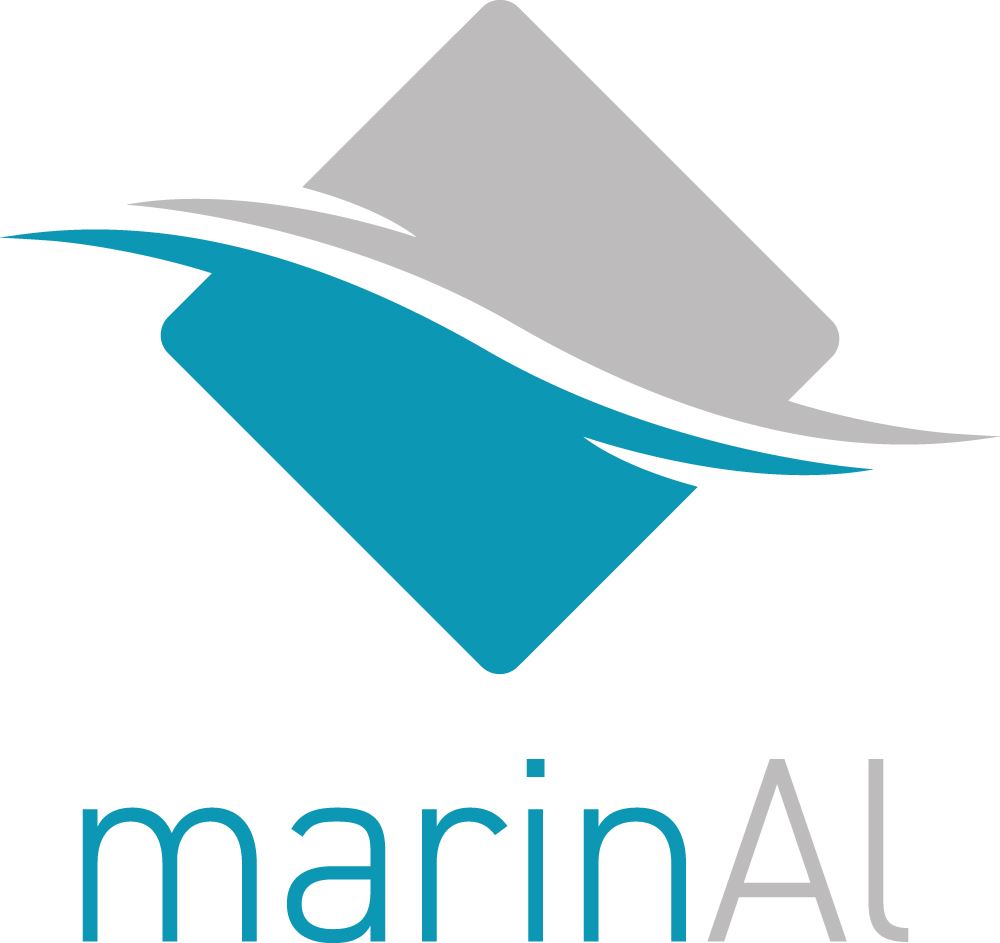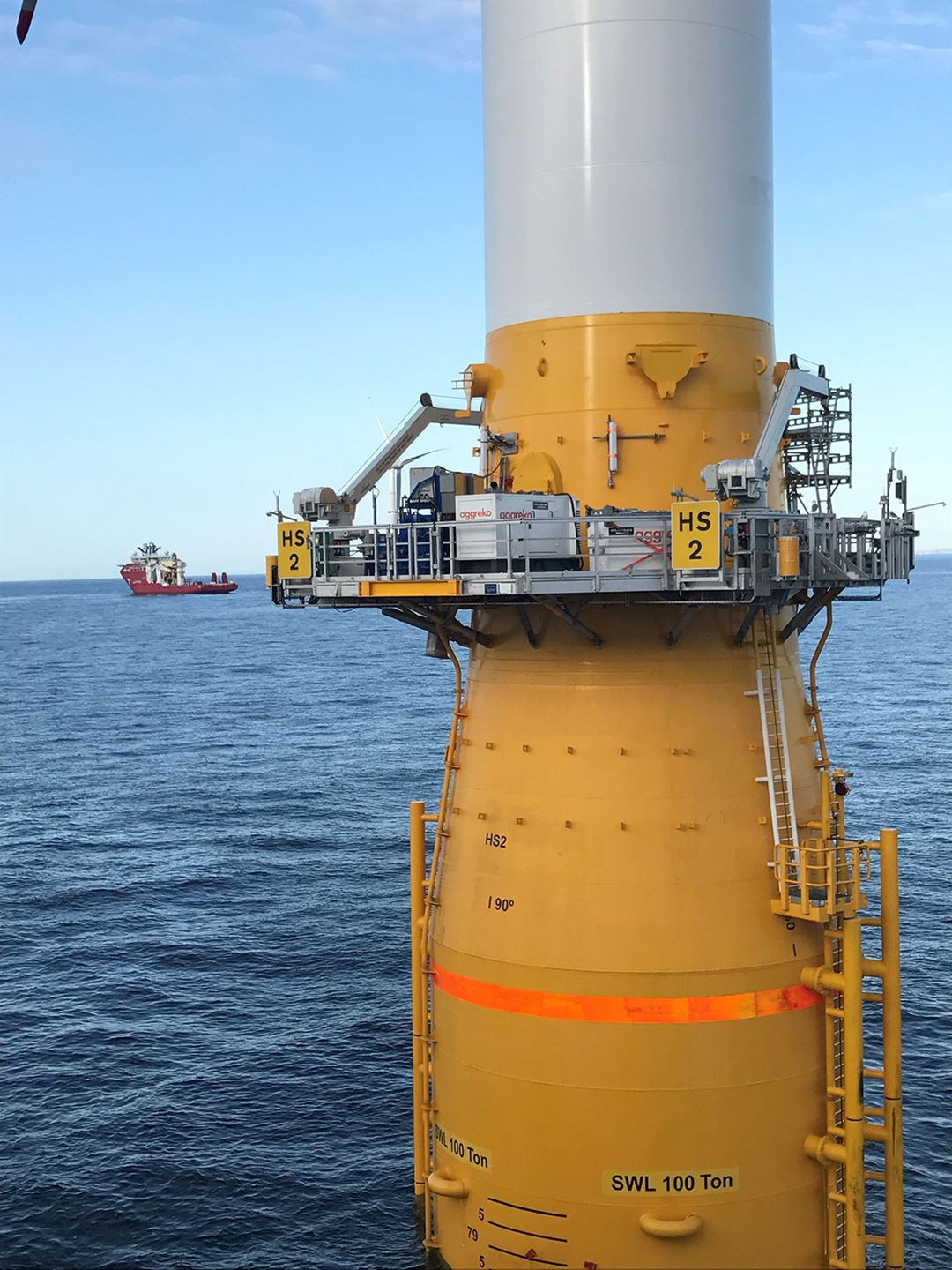
By electrically isolating aluminium from more noble metals, aluminium alloys have successfully been used in marine environments for many decades. However, the limited engineering experience with aluminium alloys compared to steel has led to corrosion failures, which cause scepticism in the use of aluminium in marine applications. aluminium has very different mechanical- and corrosion properties from steel, and aluminium constructions must be designed with this in mind. Offshore design codes and standards are focused on steel and do not provide the necessary information on how to use aluminium. Therefore, aluminium is not even considered by many marine engineers and designers.

An important obstacle against extended use of aluminium in the marine environment is uncertainty about the corrosion properties. The focus of the project will therefore be studies of corrosion properties of aluminium alloys, including recycled alloys, in marine conditions and development of effective corrosion protection based on protective coatings and cathodic protection.
Three specific technical challenges have been identified to be crucial for increased use of Al in marine constructions, and will receive attention in his project:
- Avoiding galvanic corrosion in joint between Al and other materials, C-steel and stainless steel in particular.
- Improved understanding of specific corrosion mechanism, i.e. (1) corrosion during wet-dry cyclic exposure in marine atmosphere and splash zone, (2) microbial induced corrosion, and (3) effect of temperature on corrosion in immersion conditions.
- Establishing methods, processes and parameters for corrosion protection of Al in marine constructions, i.e. (1) cathodic protection when immersed in seawater and (2) blast cleaning and spray painting for exposure in atmosphere and splash zone.

